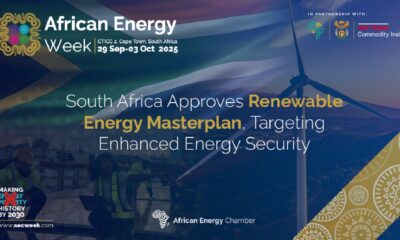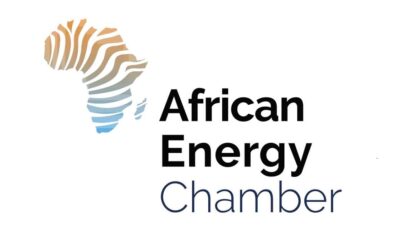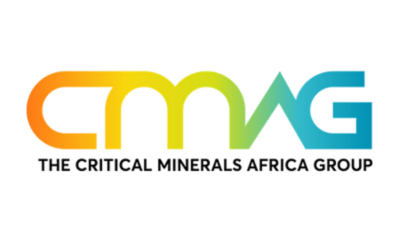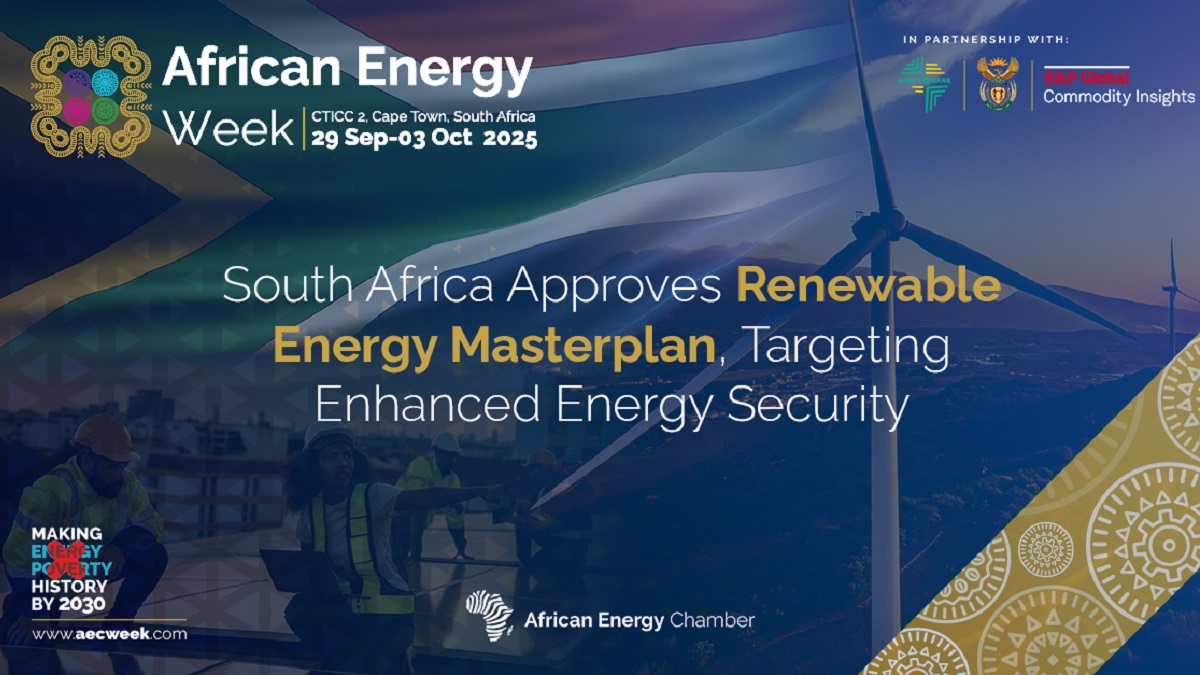13 May 2024 – Fragmented media consumption and rising advertising costs are making it harder for brands to reach and connect with audiences. Increasingly, advertisers are leveraging the power of short-form video to build quality reach and drive business impact.
New research published today by WARC, in partnership with TikTok, finds that adding short-form video to the media mix can improve brand recognition by 20% driving impact across every stage of the buyer’s journey.
Paul Stringer, Managing Editor Research & Advisory, WARC, said: “This new research in partnership with TikTok examines the rapid rise of short-form video and how it can increase reach, attention and amplify other channels in the media mix to boost brand recognition by an incredible 20%. It revisits the fundamentals of effectiveness and draws on new evidence and thinking that will help marketers navigate with confidence and leverage new opportunities of the format in their campaigns.”
Stuart Flint, Head of Global Business Solutions Europe and Israel, TikTok, commented: “A valuable format for advertisers, short-form video has changed the way people consume content. Entertainment is now intrinsically woven into our daily lives, providing inspiration, creating joy and authentic connections, with short-form video now fast becoming the go-to place for brand discovery and purchase. We’re thrilled to have been able to contribute to this report and help brands uncover this opportunity to engage audiences at scale and drive lasting full-funnel impact.”
Providing a holistic overview and practical guidance, key insights outlined in the white paper ‘Short-form video: How to supercharge your media mix and drive full funnel impact’ are:
Short-form video boosts reach: Over 1bn users access TikTok every month
Planning for broad reach is critical to campaign effectiveness, but is becoming harder to achieve for advertisers due to the proliferation of new channels and fragmentation of media consumption.
Faced with declining linear TV viewership, advertisers are pursuing incremental reach via video-on-demand (VOD) and online video. Consumption is increasingly shifting to short-form content, exemplified by the rapid growth of video platforms including TikTok, which has over one billion monthly users, YouTube Shorts, and Instagram Reels. This is driven by:
High mobile consumption: More than half of social and video platform users consume short-form videos daily, and over three quarters watch them on smartphones. A typical TikTok user spends an average of more than an hour per day on the platform.
Changing media tastes: Audiences are consuming more short-form content than ever led by a desire for a balance between choice and curation in the content they consume, enabled by predictive algorithms and skippable content.
Growth of social commerce: Increasingly consumers use social channels for brand discovery and purchase. According to WARC Media, 70% of advertisers already sell on social platforms.
Markus Speiker, Director Digital Commerce & Marketing, The Estée Lauder Inc., said: “Short-form video plays a vital role in our media strategy. With the decrease in attention span over the last few years and the increase in entertaining formats, short-form video helps us to directly address core audiences in earned, owned, and paid media.”
Short-form video drives meaningful attention: Shorter ads can drive higher recall and choice uplift from the same number of seconds of viewing time compared to longer ads
Over the last few years, attention has emerged as a leading metric for evaluating media quality, improving the efficacy of reach-based planning and driving better business outcomes for brands. Shorter ads can drive higher recall and choice uplift from the same number of seconds of viewing time compared to longer ads.
Short-form video has three main characteristics that make it uniquely placed to deliver attention effectively and efficiently:
Immediate: The brevity of short-form content engages the neural networks associated with intuitive, quick, and automatic processing by commanding attention in a less effortful and analytical way.
Immersive: Full-screen, sound-on, short-form content creates an immersive viewing experience drawing audiences in and keeping them engaged through predictive algorithms that serve content reflective of the viewer’s interests and tastes.
Multisensory: Short-form videos often engage multiple senses simultaneously, incorporating visual, auditory, and sometimes textual elements. This multisensory approach can lead to richer information processing by appealing to different cognitive channels.
Lina Arnold, Co-Founder & Managing Partner and Mahmud Mahmud, Creative Data Strategy & Media Lead of Joli, said: “We would not run a single campaign without short form video anymore because it offers us the option to appeal to more senses so we can touch users and explain the product in different ways.”
Short-form video has a unique role in the media mix: TV ads primed with a TikTok ad increase sales by 5.5%
Evidence shows that using the right mix of channels in a campaign can create an advantage in building reach. Not only is short-form video able to fulfil multiple objectives across the funnel, it can also boost the performance of other channels when used together. When executed with TV, TikTok generates incremental sales of 5.5%¹.
Short-form video can play multiple roles across the purchase funnel:
Awareness: Short-form videos serve as powerful tools for generating awareness about products, brands, and trends. YouTube Shorts content acts as a pathway to brand discovery leading audiences to long-form content on YouTube.
Consideration: Research from Google suggests improving mid-funnel performance requires more time spent with the brand, so longer ads provide a greater lift. Short-form ads can amplify the impact and reinforce the messaging of longer formats.
Purchase intent: Short-form videos can nudge consumers towards a purchase. A study by MAGNA, IPG Media Lab, and Snap Inc. showed that six-second ads generate identical lifts in purchase intent compared to 15-second ads.
Marcin Samek, Chief Innovation Officer, McCann Poland, said: “Nowadays you cannot rely only on one medium. You have to introduce a mix of different channels, different tools, different media because it is impossible to reach a very broad target audience and to reach them in an effective way using only one kind of communication, one kind of medium.”
How to succeed with short-form video: Design, Plan, Measure
To maximise the potential of short-form video, the report outlines a framework for success:
Design: Consider the role of short-form video across the entire funnel and identify the specific outcomes the campaign should achieve.
Plan: Tailor creatives to the platform and leverage branding devices to drive recognition. Consider how the frequency and duration of campaign activities and leveraging various ad formats will impact performance.
Measure: Link back to the objectives and measure what the brand set out to achieve.
A complimentary copy of the full report is available to download here. A webinar discussing the findings outlined in the report will take place on 28 May at 14:00 BST.

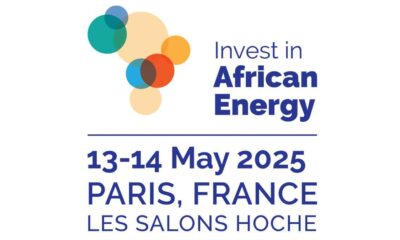
 Business4 days ago
Business4 days ago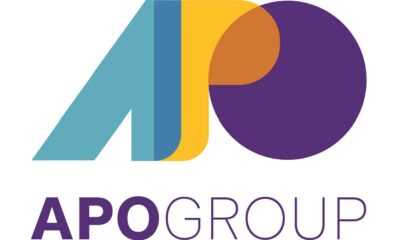
 Business3 days ago
Business3 days ago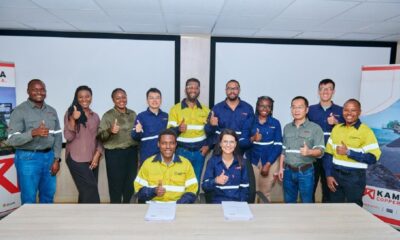
 Business4 days ago
Business4 days ago
 Business3 days ago
Business3 days ago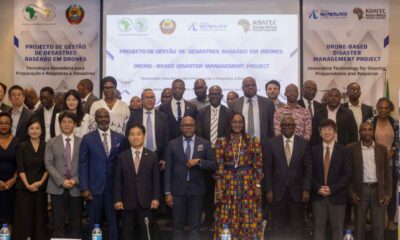
 Business4 days ago
Business4 days ago
 Business3 days ago
Business3 days ago
 Business4 days ago
Business4 days ago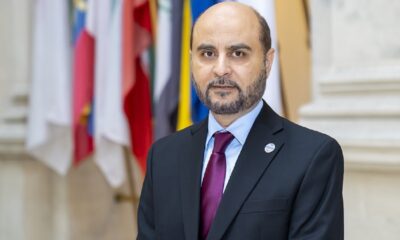
 Business4 days ago
Business4 days ago




